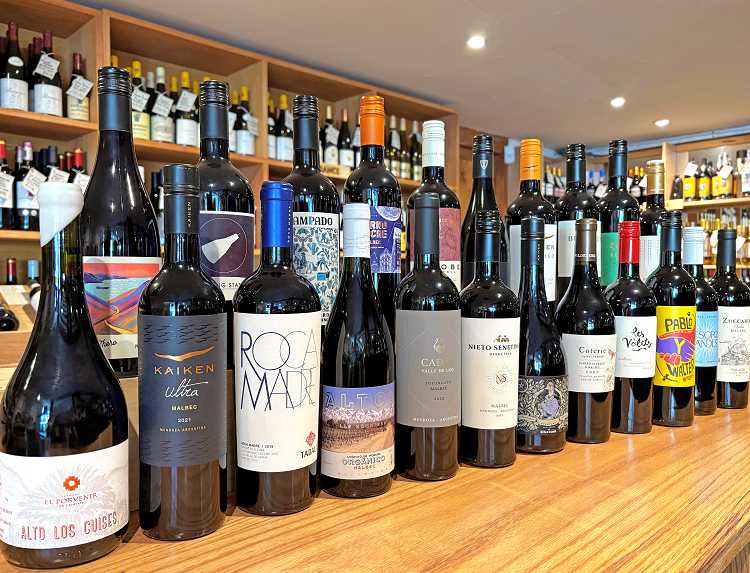
Malbec is Argentinian right?
Malbec has its origins in southwest France, in the region of Cahors and it was used predominantly for blending, especially in wines of Bordeaux. Here it was, and still is, known as Cot and was widely planted where it produced dark, tannic wines nicknamed 'The black wine of Cahors', great for adding structure and depth to a blend.
So how did it arrive in Argentina?
In the mid-19th century, Malbec was introduced to Argentina by French agronomist Michel Pouget who brought vine cuttings to South America. The grape thrived in Argentina's high-altitude vineyards, especially in Mendoza, where the warm climate protected it from disease and allowed it to develop richer, riper and more vibrant flavours.
Decline in France, Rise in Argentina
In 1956, a severe frost in France devastated Malbec plantings, and many winemakers replaced it with more resilient grapes, particularly in Bordeaux. Meanwhile, in Argentina, Malbec swiftly became the flagship varietal and gained international recognition for its consistent quality.
Modern day Malbec
By the 2000s, Argentine Malbec was popular worldwide on the wine scene, thanks to its bold flavours, smooth tannins, consistent quality and affordability. Other countries experimented growing the varietal and now Malbec comes from all corners of the world, including Australia (try our Listening Station Malbec), South Africa (found in the Coterie by Wildeberg Cab Franc Malbec blend) and across the Andes in Chile (with the iconic Roca Madre by Tabali).
Argentina remains the world's largest producer of Malbec with over 100,000 acres planted across the country, mainly focussed in Mendoza but found in other regions where it takes on its own style and character, such as the El Porvenir Amuata from the northerly region of Salta, where the vineyards are some of the highest in the world and the Malbec is super drinkable!
The surge in popularity has also helped with a renaissance of the grape in its original homeland and being planted across the south of France for vibrant juicy examples such as Les Volets in the Languedoc and especially Cahors, where it now has its own appellation and is very different in style to its South American cousin.
So, why not try a selection and marvel at the variances of Malbec





